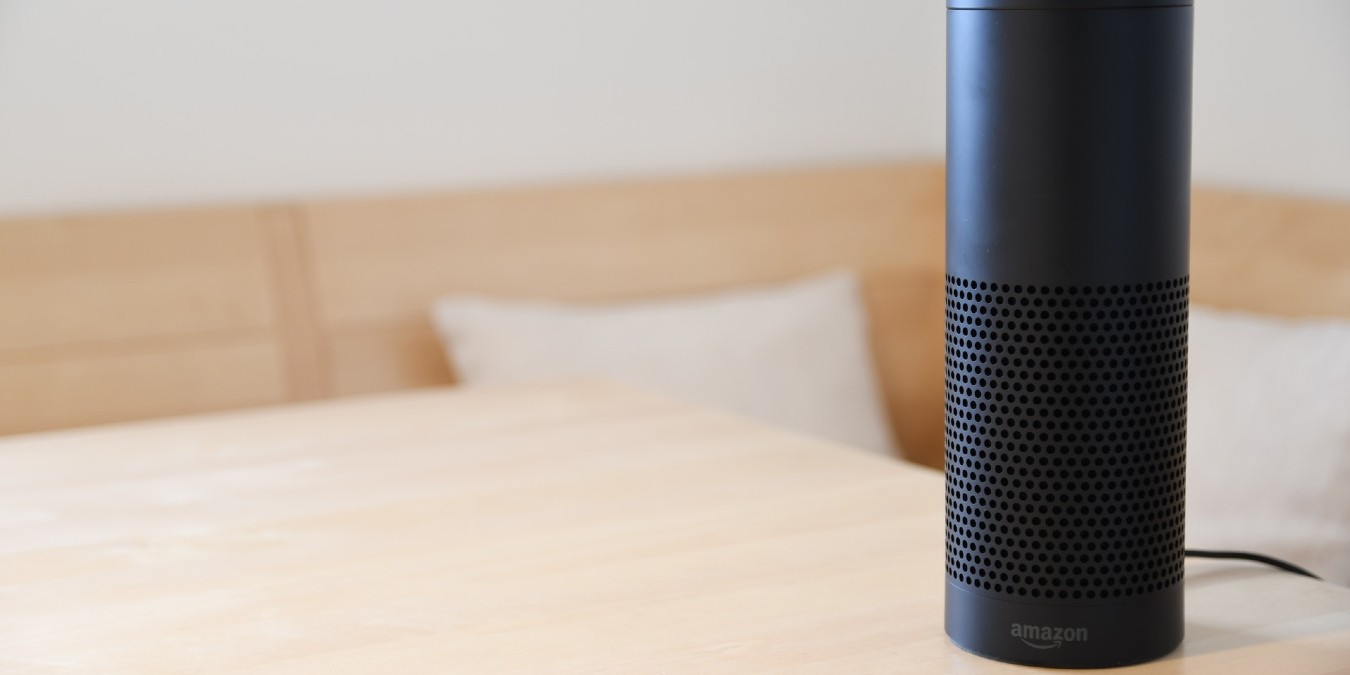
Ambient computing is quite possibly one of the next big steps in computing. Of course, it is not a technology in its own right. Instead, it’s more of a phrase that highlights how computing will help us get things done. How will ambient computing help you in the future? Let’s take a look.
Ambient Computing Defined

To understand how ambient computing will help us do more, we need to better understand what it is. To adjust the temperature on a smart thermostat, you generally do it from an app on your smartphone. Your smart thermostat will think for itself and schedule temperature changes on its own. Instead of saying “Hey Google, show me a video from the baby monitor,” the baby monitor will notify you when the baby wakes. These small examples indicate what ambient computing will achieve across a variety of technologies. It will encompass wearables and utilize gestures or speech recognition alongside a heavy reliance on artificial intelligence.
Ambient Computing Characteristics
Even as the definition of ambient computing can vary, certain characteristics exist that shape any possible definition. All of these characteristics are shaped around the idea that ambient computing systems should be “invisible” in that they are never seen. This technology will operate behind the scenes gathering data so it can make better-informed decisions about your world. Data will be the core of this technology, and the more of it that is gathered, the more accurate your experience will be.
The goal will be for it to feel as natural as possible so it does not disrupt or interfere. For example, ambient computing could work with your intelligent assistant to set reminders to keep you moving if it sees a busy schedule. Familiarity will also play a big role in ambient computing adoption. Intelligent voice-assistant tools are already becoming more natural as you communicate via voice. The more comfortable you feel with this technology, the more benefits it will be able to offer.
Of course, ambient computing needs to be completely inclusive. Systems need to be open to communicating with other systems for this technology to be successful. Any closed-off systems will break a link in the chain and stop the additional growth of this technology.
Ambient Computing in Everyday Life

If you have read this far, you might think that voice assistants like Alexa, Siri or Google Assistant are fully ambient. Showing up in many of the everyday products and devices we use daily, they are semi-ambient but not fully ambient. At least not yet. What will it take to make these systems ambient?
For one, they will have to operate through more than just voice commands. When they can think for themselves and become more proactive, that will be ambient computing. The same can be said for smartwatches or fitness trackers. In the future, your Apple Watch may log you automatically into a treadmill at the local gym. Your workout results would then be uploaded to a personal trainer’s iPad allowing the trainer to offer feedback. What if your smartwatch or fitness tracker saw you had a poor night’s sleep? The following day it may decide, without any prompting, to provide you with an easier workout.
How will ambient computing help after your workout is complete? After a workout, the last thing you may be in the mood for is heavy traffic. Thanks to ambient computing, your Apple Watch will communicate with your car and the car will navigate home using a route with less traffic. When you are on your way home from an early workout you are likely thinking about breakfast. Siri will know what’s in your refrigerator and could determine what to suggest for a meal based on how much time you have before you need to leave for work.
Ambient Computing in the Future

In the future, this technology will also know what time you wake up in the morning. Smart devices will know when to turn on the lights in your room or open the curtains to wake you with natural light. After you wake up and walk into a living room, your smart speaker will know to give you the weather, traffic and morning news. This technology already exists in a variety of forms, but it does not seamlessly blend together. Technologies like the Internet of things will power this movement using artificial intelligence and data transfers from one device to another. With AI as the backbone, the future of ambient computing is bright.
Conclusion
For now, ambient computing remains something that is both on the horizon and already here in some form. Early adopters of smart-home technologies are already getting a glimpse of what this future could look like. Whether this system will change how we use technology in twenty years remains an open question. The hope is that allowing technology to be one step ahead of us will then help us be more efficient. That means more opportunities for things we enjoy like spending time with family and friends. What do you hope to see from an ambient computing future?
Get the best of IoT Tech Trends delivered right to your inbox!







